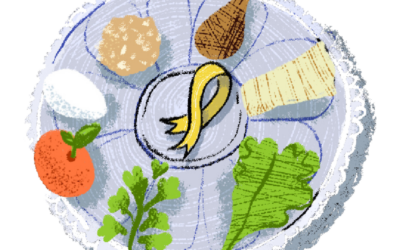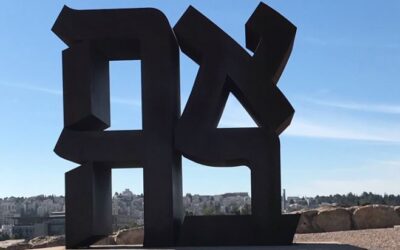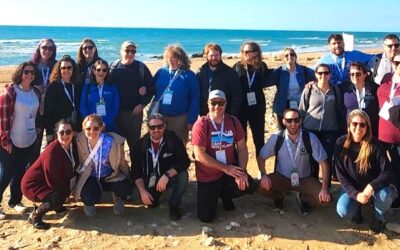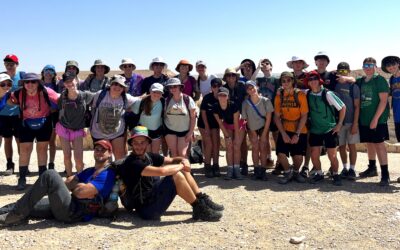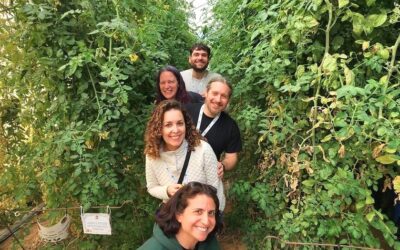By Rabbi Rich Kirschen, Director
The beginning of the program may seem like years ago, when your teens made their way to Europe and then on to Israel to find themselves wandering in the desert, just like their ancestors. Yet now, only a few weeks later, the story of our people is coming together in a coherent, chronological fashion. It is this week when we have arrived at the modern period, which is a dizzying array of experiences, that reflect the complexities of a sovereign Jewish state.
Part of our modern Israel curriculum for this phase of the trip is the “Kishrei Noar” program, where we have young Israelis join their American peers for a week. This is always one of the highlights and has the potential for creating lifelong friendships. It is also an opportunity for our educational staff to address one of the major challenges taking place in the Jewish world today, and that is the relationship between Jewish Israelis and Jewish Americans. Are we really “one people with one destiny?” This is one of the more important questions being asked in the Jewish world at this moment. And like any relationship, the numerous points of disconnection often get more attention than the many more points of strong, meaningful connection.
As one American teen shared with me about meeting his Israeli peers, “It’s like we’re so much the same; we like the same music, the same social media, but I know while I am thinking about college, they’re thinking about the army, which is so foreign to me.” This learning interaction occurs on numerous levels throughout this week. For example, the Americans think of their Jewish identity mainly in terms of religion, often invoking the concept of “Judaism.” In contrast, the young Israelis almost never use the term Judaism, but rather for them, being Jewish is a national identity. For young Israelis, they feel Jewish just by living in the Jewish state and speaking the Jewish language, as opposed to any religious affiliation. It is these types of exchanges which foster important personal examination.
Another example is when a young Israeli woman expressed to me how she couldn’t understand how American Jews prayed in Hebrew, when they didn’t always know what the Hebrew meant. But at the same time, I saw the shock on many American faces who couldn’t believe that the Israelis, who spoke fluent Hebrew, were not familiar with many Jewish prayers. Yet as they make their way traveling together through Israel, similarities arising from our common history and from caring about a common Jewish future ultimately bring them together.
In addition to young Israelis and Americans living and traveling together, our teens are exploring issues of what it means to have a Jewish army and why a Jewish army might be different from other armies. While traveling near the borders of the country, our teens discuss issues of ethical sovereignty, and what the significance is of having a sovereign Jewish state. Other issues arise such as how Israel protects its citizens from enemies bent on its destruction while maintaining its Jewish values at the same time. As many of them have been learning, it is easy to be ethical when you are powerless – the real test of ethics happens when you actually have power. This is part of the story of modern Israel, where Jews have military power for the first time in two thousand years.
The story of Modern Israel from the beginning of Zionism in 1897 to the War of Independence in 1948 and through today is an unbelievable saga. We feel quite confident in teaching about Israel’s spectacular achievements, but during this time we also teach about Israel’s challenges. Ultimately, our goal for these teens is for them to begin to think about the relevance of Israel in their own Jewish journey and to begin asking thoughtful questions. Over the past week for some groups and the next week for others, we will meet with non-Jewish minorities like Druze and Arab Israelis and learn what it means to be a non-Jewish minority in a Jewish democratic state. By the end of the trip, we will have also encountered Palestinians, Jewish settlers, Ultra-Orthodox Jews, secular Jews in Tel Aviv, and pioneers of Reform Judaism in Israel.
Indeed, there are many tribes that make up the modern state of Israel. It is our hope that by having gone through the Jewish story from the beginning, the concepts and symbols, the stories and myths will all fall into place. In some ways, this journey is like putting together a giant historical Jewish puzzle. The challenge for these teens is finding their own piece, which is surely part of the whole picture.
